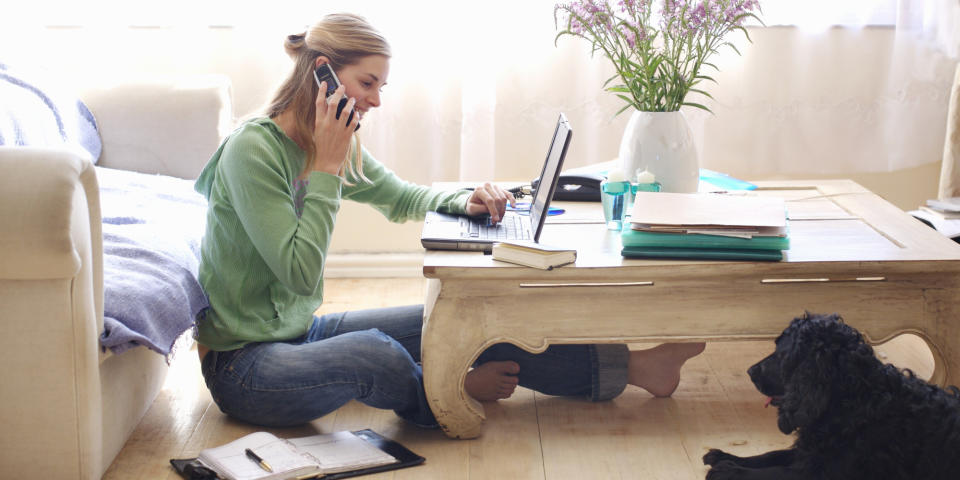Psychology of Virtual Communications & 5 Ways It Fosters Creativity
Many industries and sectors have benefitted from recent advancements in video conferencing technology, including the creative industry. It has provided new ways for artists to express themselves, find an audience, and build a creative business. All industries require creativity in some form or other, so using the same techniques can help them to improve their own businesses too. These are just a few of the ways that communicating virtually improves creativity, and how it can work for your company too:
Return to Visual Comm
unication
Penn State University says that the development of written communication introduced new ways for people to express themselves and convey messages. The downside is that it is much easier for text communication to be misinterpreted without to back it up, since most communication takes place subconsciously through natural body language and facial expressions. The rise of video conferencing has prompted a return of visual communication, meaning that even individuals who cannot meet in-person can still keep in touch this way. Flexible options mean that people can decide whether they prefer to communicate through text chat or video chat depending on which is better for the situation.
Finding the Right Creative Team
Harvard Business Review's guide to running a virtual team says that employees with strong communication skills are an essential part of a successful remote team, whether it is for business purposes or a creative project. Video meeting services such as BlueJeans make it easy to not only hire the right team for the job through online interviews but for the team to collaborate and function together no matter their geographical distance. Every company needs the best employees it can find to function properly and be successful, but remote working options mean that hiring is no longer restricted only to the immediate area. Many creative people find that their compositions improve if they gain insight and feedback from people of different cultural backgrounds, so that their work can reflect these cultures rather than coming only from their own cultural perspective. The ability to collaborate with people from all over the world with ease has gone a long way to making this happen and preventing cultural clashes.
Working From Home
There is a reason that such an increasing number of people are choosing to manage their jobs from home rather than in an office; it is cheaper, less time consuming, and allows for a greater work/life balance. People who do this are proven to have improved mental health, be more trustworthy, and turn in higher quality work in a shortened space of time.

They don't need to spend hours of every day commuting, are less anxious about transport costs, feel less pressured without a boss constantly breathing down their necks, and their time isn't bogged down with numerous unnecessary tasks. The modern home office is flexible enough that team members can communicate together when they need to and be free to work alone and undisturbed at other times when it better suits them.
Personal Interactivity
Creative professions have a reputation for being a lonely and isolating pursuit, and this stereotype is true in some ways. Socializing during work breaks is an important part of nurturing relationships and maintaining a positive mood, but it is more difficult to achieve when people don't have the opportunity to meet up and chat every day. This creates trouble when it comes time for a collaborative project. And yet other people, creative or non-creative, prefer to be left to their own devices most of the time to get on with their work. There is no single ideal method as it all comes down to personal preference and circumstance. However, even the largest introvert requires some social interaction and collaboration at times to help solve their problems, keep up with colleagues, and remain sane. The ability to perform a task from one's own home while still keeping open links to outside colleagues goes a long way to preventing these feelings of isolation and improving the creative's mood and quality of work.
Instant Feedback
Feedback is an essential part of the creative process, and it should be for businesses and other professions as well. By finding out what works and what doesn't work about their creations, they can make steps to improve it the next time around. Video conferencing yet again helps with this as it allows for instantaneous and live feedback that feels more personal, rather than waiting for someone to respond via e-mail with a long string of notes.
The flexibility, increased social options, and access to a global team which video conferencing allows for has helped many creative projects to get off the ground, and can aid in creativity in any office environment. If you haven't already, try it for yourself and see how it improves creativity in your work or department.

